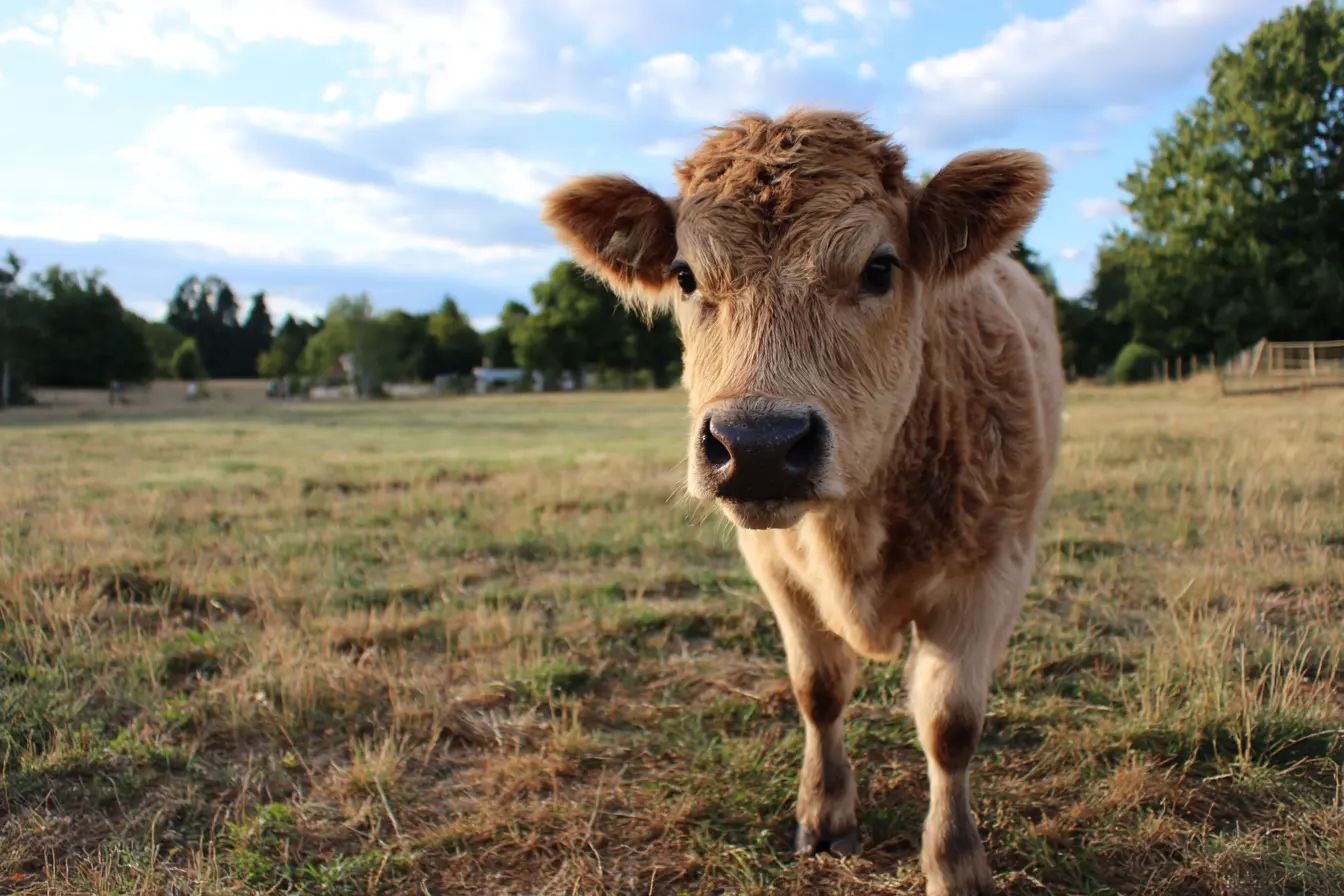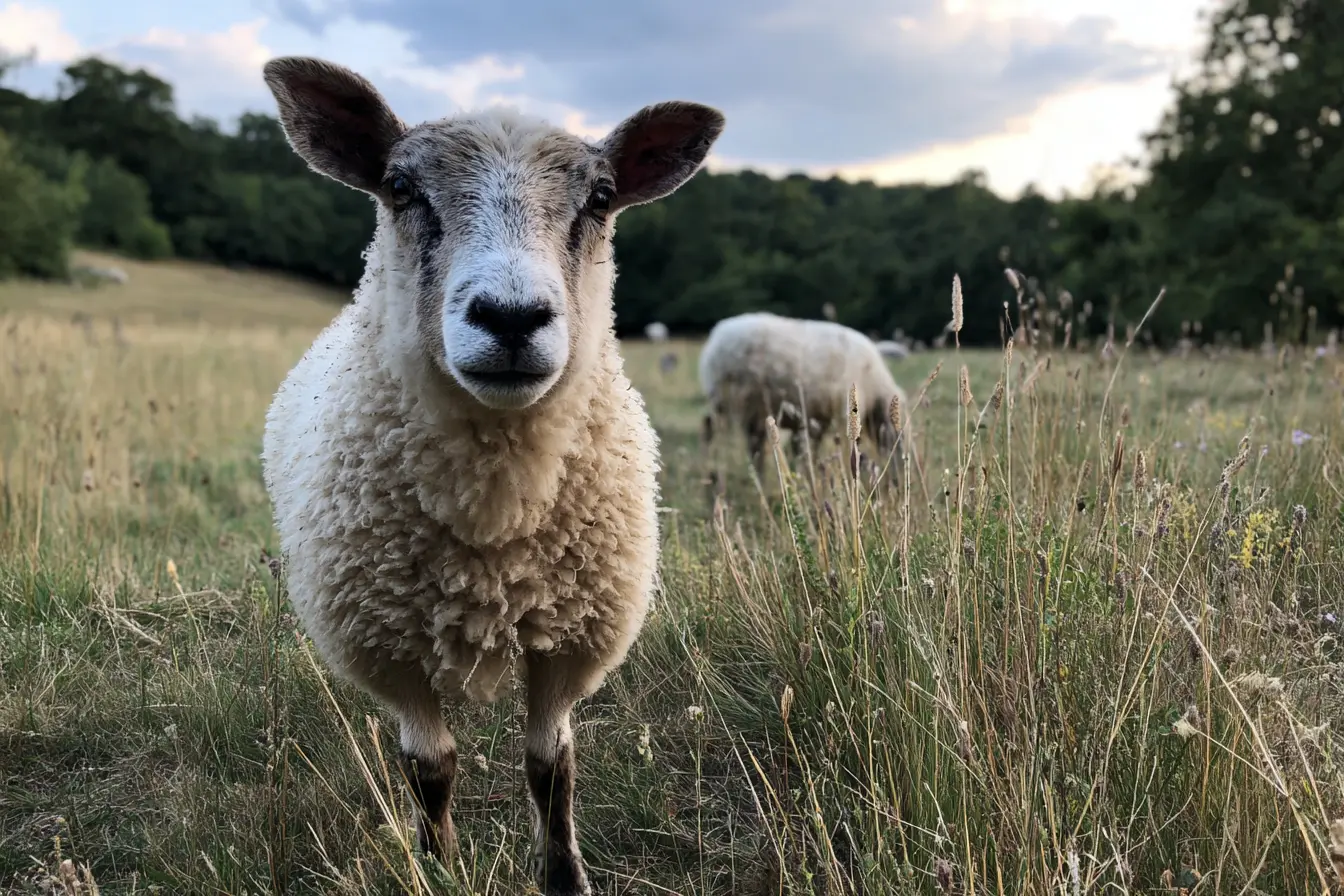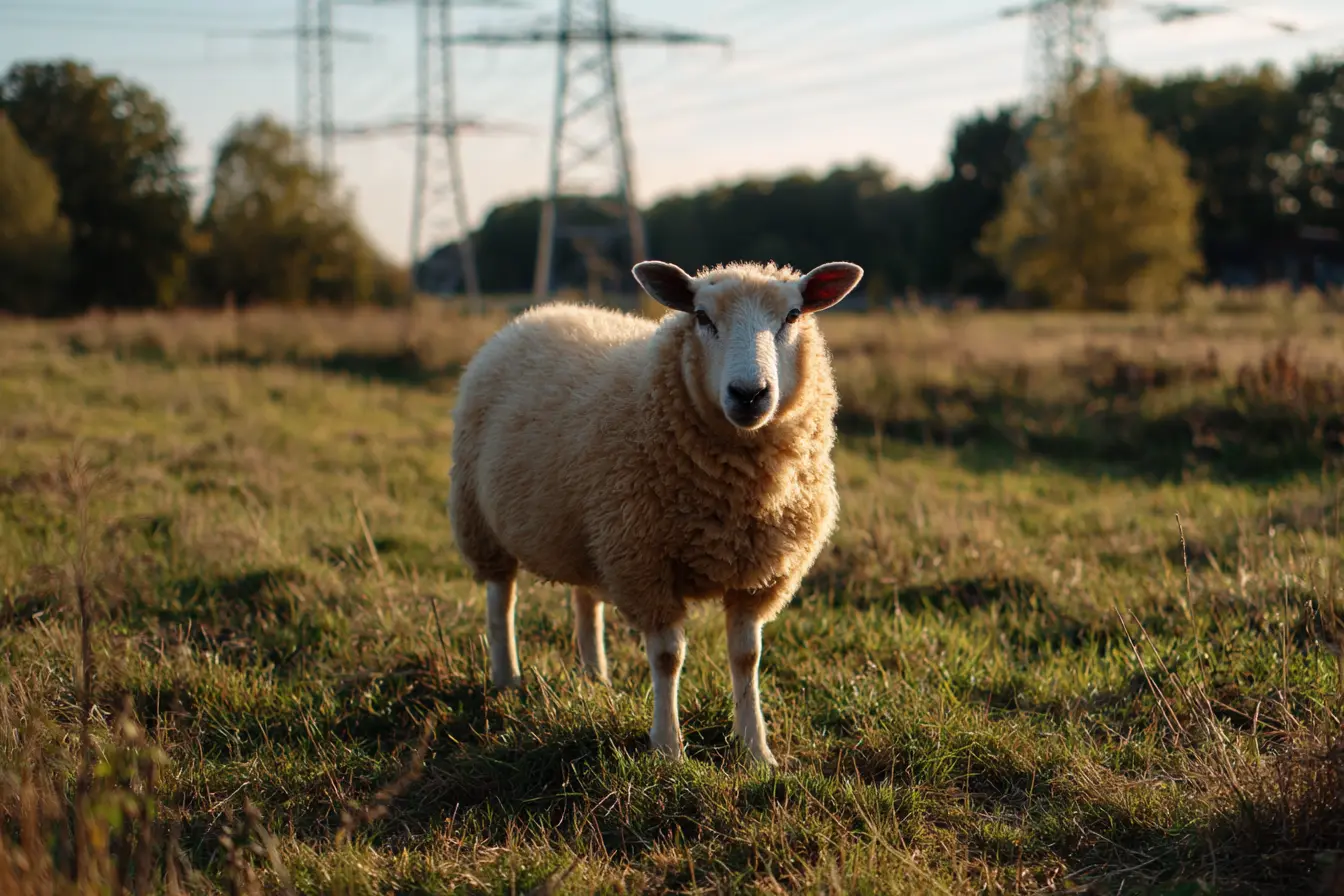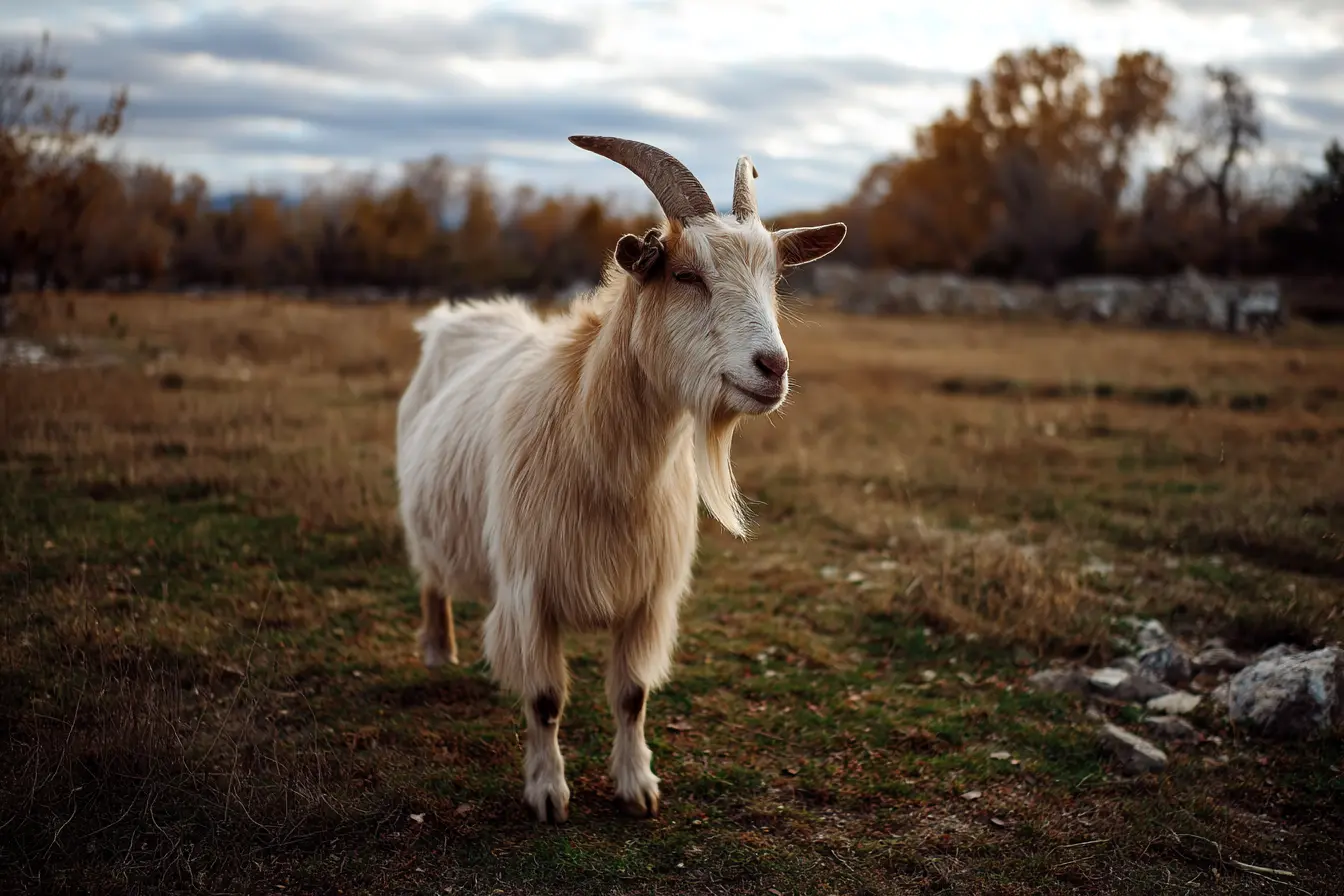
A Complete Guide to Disbudding in Goats
Disbudding is the process of removing the horn buds of young goat kids to prevent horn growth. It is a standard management procedure in goat farming across the UK and is widely recommended for both welfare and safety reasons. Goats naturally grow horns, but horned goats can cause injuries to each other, to humans, and can become trapped in fences or housing equipment.
When carried out correctly and at the right age, disbudding is a safe and effective procedure. However, it must be done legally, humanely, and with proper aftercare. This guide explains everything you need to know about disbudding goats including the reasons for doing it, the legal requirements, the correct procedure, aftercare, and welfare considerations.
Why Disbudding is Performed
Disbudding is done to prevent horn growth in goats. There are several important reasons for this:
- Safety: Horned goats can injure herd mates, handlers, and other animals.
- Welfare: Horns can become caught in fences, feed barriers, or housing structures, leading to injury or distress.
- Ease of management: Hornless goats are easier to handle, transport, and house safely.
- Reduced aggression: Horned goats can use their horns to bully others, which can lead to social stress and injuries.
Horns are living structures with blood vessels and nerves, so removing them later in life is far more invasive and painful than disbudding young kids before the horn attaches to the skull.
Legal Requirements in the UK
Disbudding goats is regulated under the Animal Welfare Act 2006 and related legislation.
- Disbudding must only be performed by a veterinary surgeon.
- This is because disbudding requires the use of a hot iron and general anaesthetic to prevent pain.
- It is illegal for anyone who is not a vet to disbud goats in the UK.
- Dehorning (removal of fully developed horns) may also only be done by a vet and must be done under anaesthetic.
These rules exist because goat horn buds are closely connected to the skull and brain, making the procedure technically challenging and potentially risky if done incorrectly.
Ideal Age for Disbudding
- Disbudding is usually carried out when kids are 3 to 10 days old, depending on breed and horn growth rate.
- Some breeds (especially dairy breeds like Anglo-Nubians and Saanens) develop horn buds very quickly and may need earlier disbudding.
- Waiting too long increases the risk of regrowth (scurs) and makes the procedure more difficult and stressful.
The Disbudding Procedure
Because disbudding must be done by a vet, this is an overview of what typically happens:
- Anaesthesia: The kid is given a general anaesthetic so it is fully unconscious and feels no pain.
- Local preparation: The hair around each horn bud is clipped and the area is cleaned.
- Cauterisation: A hot disbudding iron is used to burn out the horn bud and surrounding germinal tissue to prevent horn growth.
- Haemostasis: The cauterisation seals blood vessels, preventing bleeding.
- Recovery: The kid is monitored closely until fully awake.
The entire procedure usually takes only a few minutes per kid and is safe when performed by an experienced vet.
Aftercare
Good aftercare is essential to ensure healthy recovery:
- Keep kids warm, dry, and quiet after the procedure.
- Monitor for any signs of pain, swelling, discharge, or infection.
- Provide pain relief if recommended by the vet (some will give NSAIDs at the time of the procedure).
- Avoid overcrowding or rough play with older kids until the sites are healed.
- Healing usually takes 1–2 weeks.
Scabs should be left alone to fall off naturally.
Potential Complications
Complications are uncommon if disbudding is done correctly, but can include:
- Scur formation: partial horn regrowth if horn tissue is not fully destroyed.
- Infection: if wounds become contaminated, leading to swelling or discharge.
- Thermal injury: accidental damage to the skull or brain from excessive heat or pressure (very rare with experienced vets).
Prompt veterinary attention should be sought if there are signs of infection or if a kid seems unwell after disbudding.
Alternatives to Disbudding
- Breeding for polled (naturally hornless) goats can reduce the need for disbudding, but caution is needed as breeding two polled goats can produce hermaphrodite kids.
- Dehorning adult goats is possible but not recommended unless medically necessary, as it is far more painful and invasive.
In most cases, disbudding kids at the correct age remains the safest and most welfare-friendly approach.
Welfare Considerations
- Disbudding is painful if done without anaesthetic, which is why it must be performed under general anaesthesia by a vet.
- Early disbudding minimises pain, stress, and complications.
- It should always be done for valid management reasons. Never for cosmetic purposes alone.
- Combining good handling, gentle restraint, and appropriate aftercare promotes welfare and reduces stress.
Economic and Safety Benefits
- Welfare: Prevents horn-related injuries, entrapment, and aggression.
- Productivity: Easier handling, reduced injuries, and fewer veterinary interventions.
- Safety: Reduces the risk of injury to farm staff, children, and other animals.
Conclusion
Disbudding is an essential management practice in goat farming, preventing horn growth to improve welfare, safety, and ease of handling. In the UK, it must be performed by a vet under general anaesthetic, usually when kids are between 3 and 10 days old.
When done correctly, disbudding is safe, effective, and results in healthier, more manageable goats. Combined with good aftercare and responsible breeding practices, it helps ensure the long-term welfare of the herd.
Vets near you
Speciality vets
- Aquatics vet specialists
- Birds vet specialists
- Camelids vet specialists
- Cats vet specialists
- Cattle vet specialists
- Deer vet specialists
- Dogs vet specialists
- Equines vet specialists
- Exotic vet specialists
- Goats vet specialists
- Pigs vet specialists
- Poultry vet specialists
- Sheep vet specialists
- Small Mammals vet specialists
- Wild vet specialists



